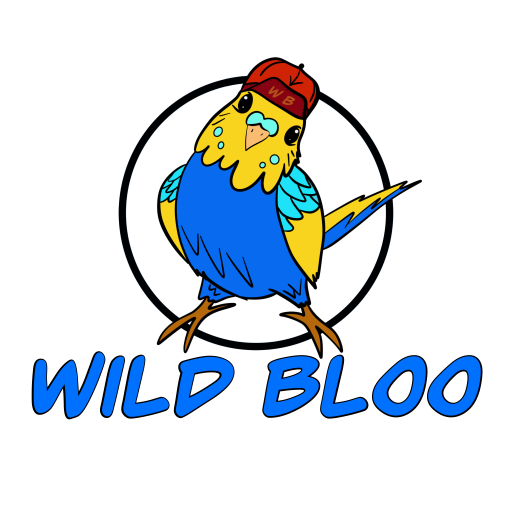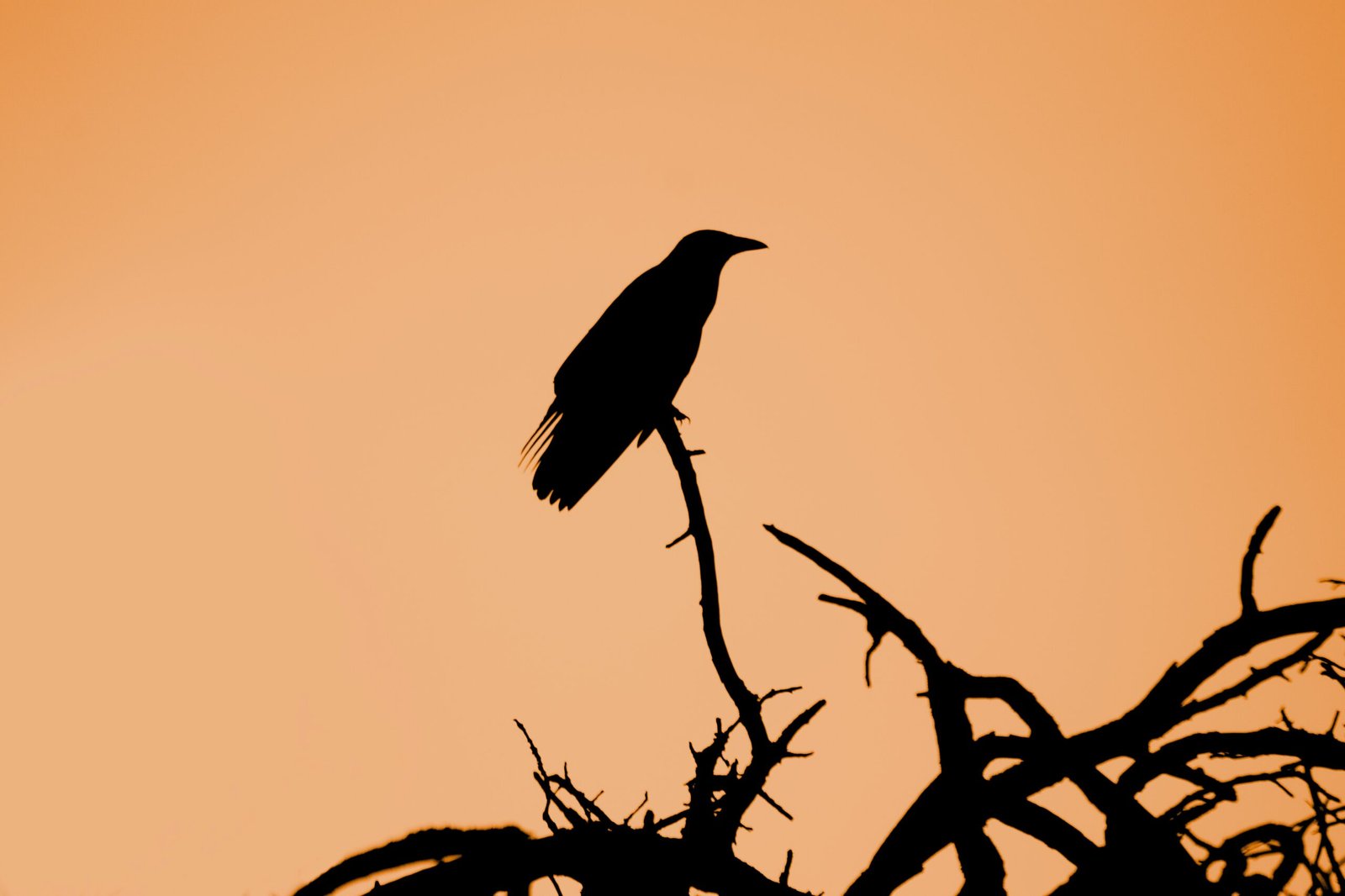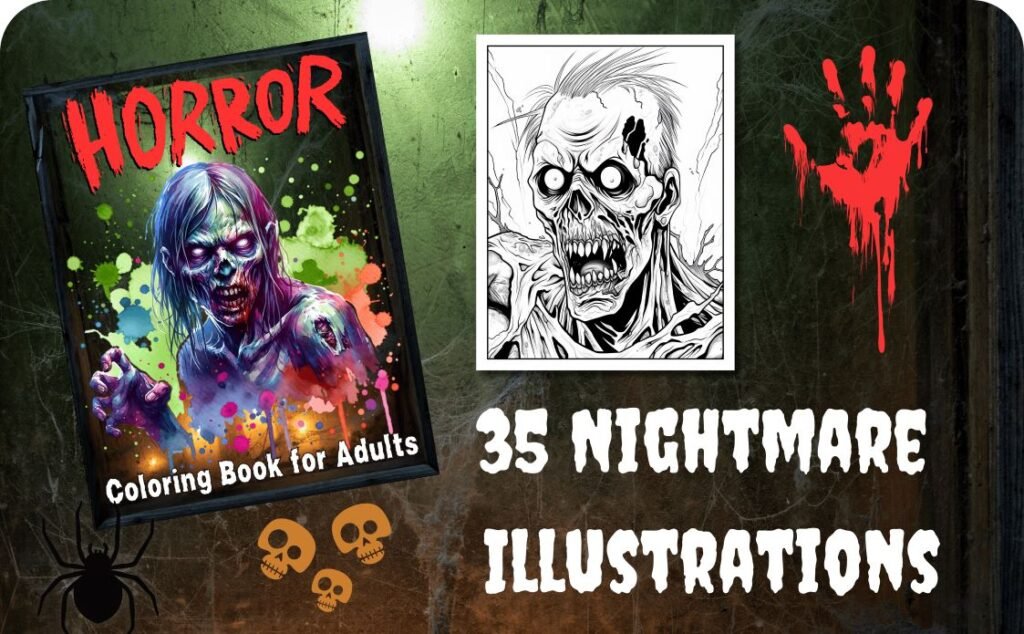Introduction to Birds and Halloween
Birds have long captivated human imagination, serving as symbols rich with varied meanings across different cultures and traditions. With the arrival of Halloween, the association between birds and this enigmatic celebration takes on new significance, inviting deeper exploration into their roles in folklore and superstition. Throughout history, various bird species have been linked with themes of mystery, death, and the supernatural, making them integral to the Halloween narrative.
From ancient civilizations through to modern interpretations, birds have been portrayed in numerous ways, often reflective of societal beliefs about mortality and the afterlife.
For instance, in many cultures, the presence of certain birds during the autumn months—when nature prepares for the starkness of winter—has been interpreted as an omen or a sign of an impending change. Ravens and crows, famous for their dark plumage and haunting calls, consistently appear in tales that intertwine it with the impenetrable veil between life and death.
The association of birds with Halloween is not solely based on superstition; it also highlights an evolutionary connection, as these creatures were often seen as messengers between the earthly realm and the spirit world. As societies transitioned from ancient rites to contemporary Halloween celebrations, birds have maintained their significant presence in various cultural narratives. They embody the transformation of harvest festivals to the somber reflections of life and death that Halloween evokes today.
As we delve deeper into the various birds associated with Halloween, it becomes apparent that these avian figures embody a spectrum of meanings, from harbingers of misfortune to protectors of the paranormal. This intricate tapestry reveals how longstanding beliefs continue to echo through modern festivities, underscoring the enduring power of birds in shaping our understanding of life’s mysteries.
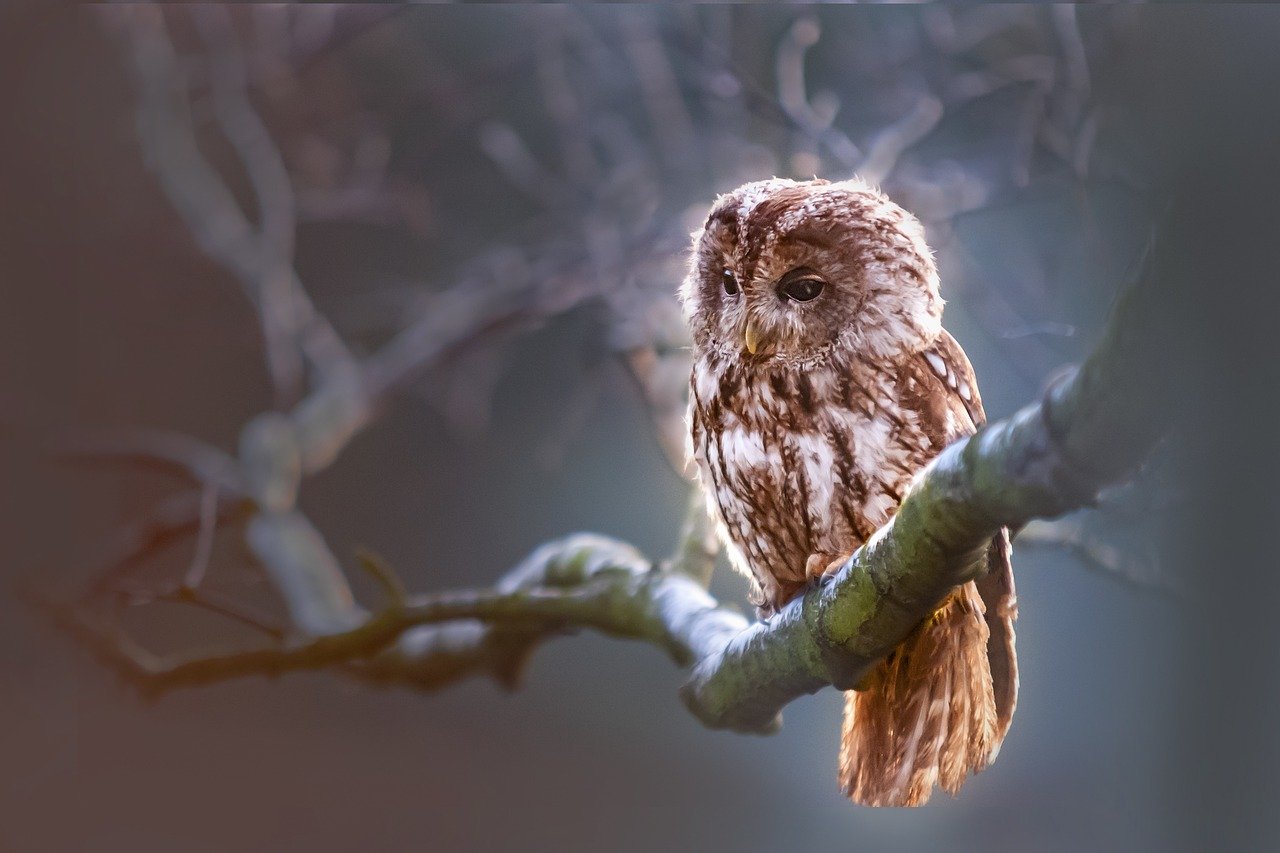
The Owl: Symbol of Wisdom and Death
The owl has a rich and multifaceted history, deeply intertwined with notions of wisdom and death across various cultures. In ancient Greece, owls were sacred to Athena, the goddess of wisdom and warfare. This connection established the bird as a symbol of insight, knowledge, and intelligence. The Greeks believed that owls were not only wise but also capable of seeing what others could not, thereby serving as guides in both thought and action. Owls were often depicted alongside Athena, reinforcing their association with learning and enlightenment.
Contrastingly, in many other cultures, owls bear a more ominous reputation. In certain Native American traditions, the owl is viewed as a harbinger of death, often linked to the spirit world and the unseen. This perception can be traced back to various myths and folklore that suggest owls are messengers of the dead, serving as a bridge between the living and the deceased. Such duality in symbolism illustrates how the same creature can evoke vastly different interpretations across cultural narratives.
As Halloween traditions evolved, the portrayal of the owl shifted significantly from its ancient associations.
In contemporary interpretations, owls have increasingly become figures of eerie fascination rather than mere symbols of wisdom. Their nocturnal habits, silent flight, and haunting calls contribute to their mystique and linkage to the supernatural. During Halloween, owls are often incorporated into decorations, costumes, and folklore, further solidifying their position as eerie creatures that blend the realms of knowledge and death.
This transformation highlights the dynamic nature of cultural symbolism and the way perceptions of animals can evolve over time, reflecting broader societal themes and beliefs. The owl, thus, stands at the crossroads of wisdom and death, continuing to fascinate and intrigue across generations and traditions.
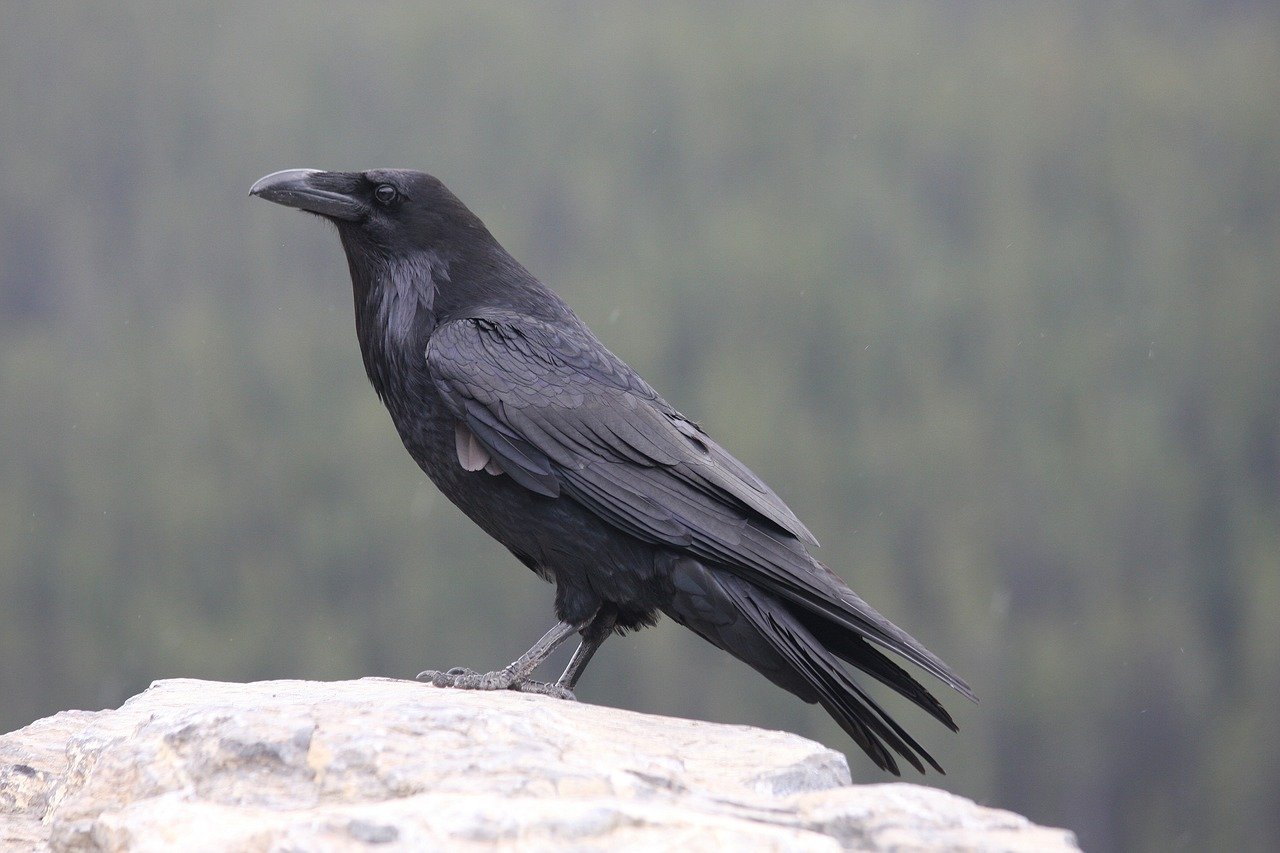
The Raven: Messenger of the Undead
The raven has long been affiliated with themes of mystery and the supernatural, leading to its prominent status in Halloween traditions. Traditionally, this bird is viewed as a harbinger of doom or a messenger between the living and the deceased. In many ancient cultures, including those of the Celts and Egyptians, ravens were believed to possess the ability to traverse the boundary that separates the realms of life and death. This perception of the raven as an otherworldly guide is evident in various mythologies, where its dark plumage and mournful call evoke an air of foreboding.
Literature and popular culture have further perpetuated the raven’s eerie reputation. Edgar Allan Poe’s famous poem “The Raven” epitomizes the bird’s role as a creature of omen, embodying the themes of loss and despair. The refrain, “Nevermore,” beckons readers to contemplate the finality of death, and the raven becomes a symbol of unending sorrow. Such depictions contribute to the raven’s mystique, ingraining it firmly into the modern Halloween imagery.
In contemporary portrayals, ravens are frequently associated with witchcraft and the macabre, enhancing their status as a Halloween icon.
They are often depicted alongside witches in films and literature, serving as companions or physical manifestations of impending doom. These representations solidify the raven’s cultural significance as a carrier of dark messages. Their mere presence invokes an unsettling atmosphere, making them a common motif in haunted houses, decorations, and Halloween-themed events.
In summary, the raven’s association with death, mystery, and the supernatural transcends cultures and eras, firmly embedding it in the tapestry of Halloween folklore. Its portrayal in mythology and literature has continuously shaped societal beliefs, solidifying the raven as a potent symbol during this haunting season.
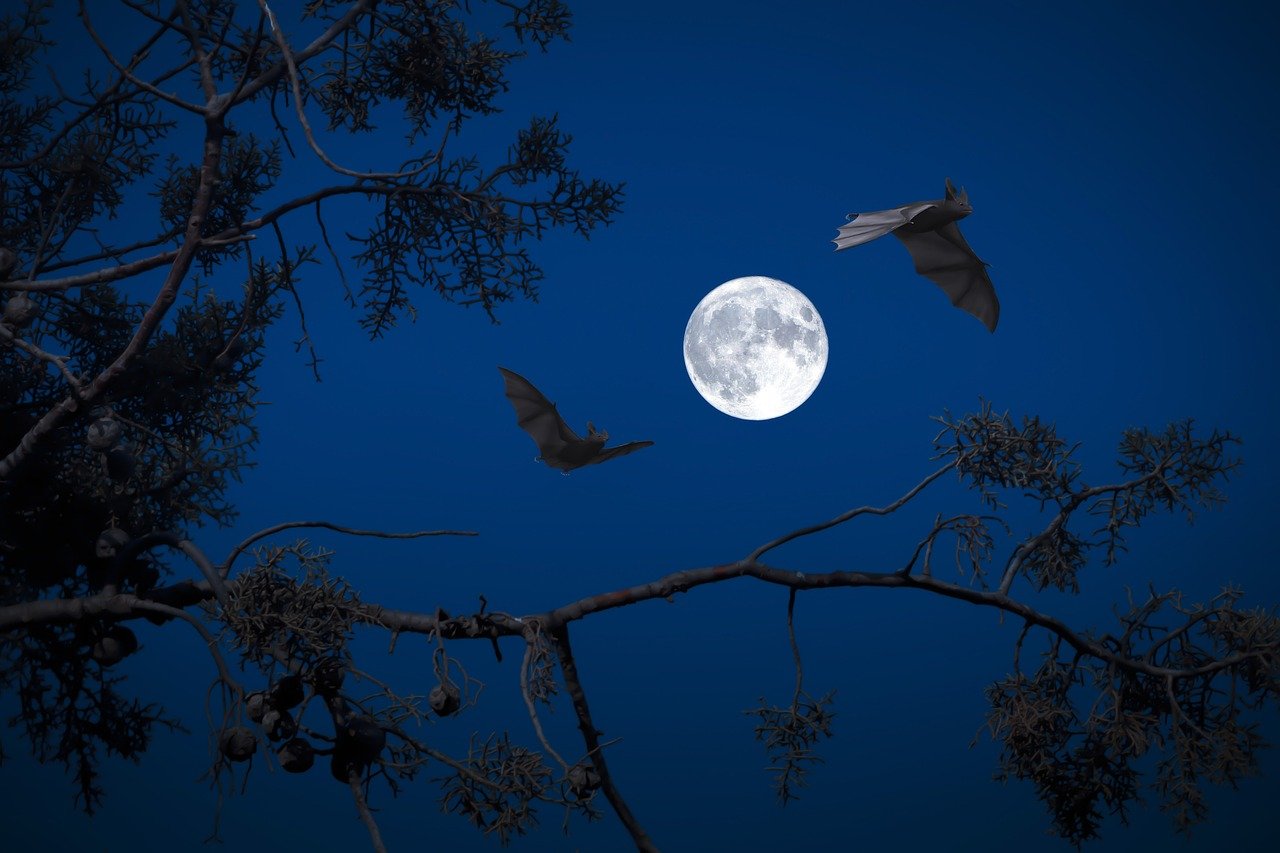
Other Birds of Halloween: Crows, Bats, and More
Halloween is a time steeped in tradition and folklore, during which various birds, particularly crows, take center stage among the symbols of the season. Crows, often perceived as harbingers of doom, have a longstanding association with the supernatural. Their dark feathers and enigmatic behavior capture the imagination, eliciting thoughts of witchcraft and omens. In numerous cultures, these intelligent birds are believed to have a connection to the spirit world, further solidifying their role in Halloween iconography. In fact, folklore often describes crows as messengers, linking them directly to death and the afterlife.
Beyond crows, bats are also noteworthy creatures that embody the eerie essence of Halloween. Though traditionally not classified as birds, they share a connection through their flight and nocturnal habits. Bats are frequently depicted alongside witches in Halloween lore, reinforcing the themes of darkness and mystery. Their presence is deeply rooted in myths, such as being the familiar of witches and symbols of transformation. This transformation can be seen as both a physical change and as a metaphor for the passage between life and death.
Other birds may not be as prominent as crows or bats, yet they still play a role in Halloween symbolism.
For instance, ravens, which are often confused with crows, invoke similar associations with the supernatural, enhancing the season’s gothic atmosphere. Similarly, owls are frequently linked to wisdom but are also seen as eerie creatures that signal the presence of the unknown. Their haunting calls during the night resonate with the mystique of Halloween, making them integral to the seasonal landscape.
In conclusion, the avian connections to Halloween extend beyond the well-known figures of crows and bats. As these birds highlight the rich tapestry of folklore, they reinforce the holiday’s themes of mystery and the supernatural, enriching our understanding of Halloween traditions.
